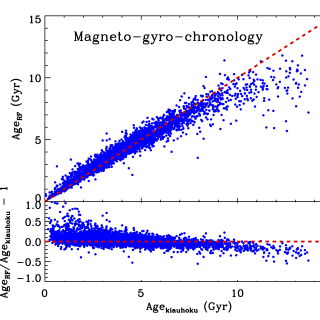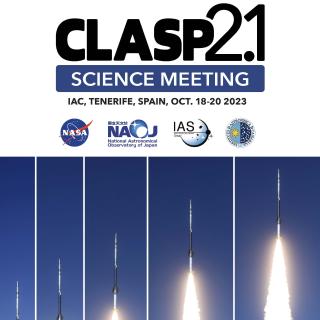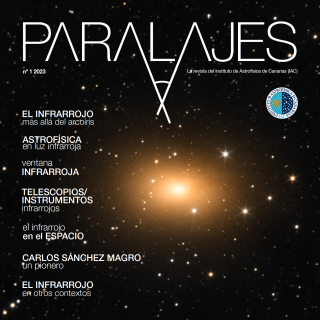
Members of the Space Working Group of the Competitiveness and Innovation Council of the European Union (Space Group) held a working meeting in San Cristóbal de La Laguna and visited the Teide Observatory and the Roque de los Muchachos Observatory on 19 and 20 October respectively. The Space Group is responsible for the development of European space policy and related legislation.The visits are included in the activities within the framework of the Spanish Presidency of the Council of the European Union and were organised by the Permanent Representation of Spain to the European Union. A
Advertised on




